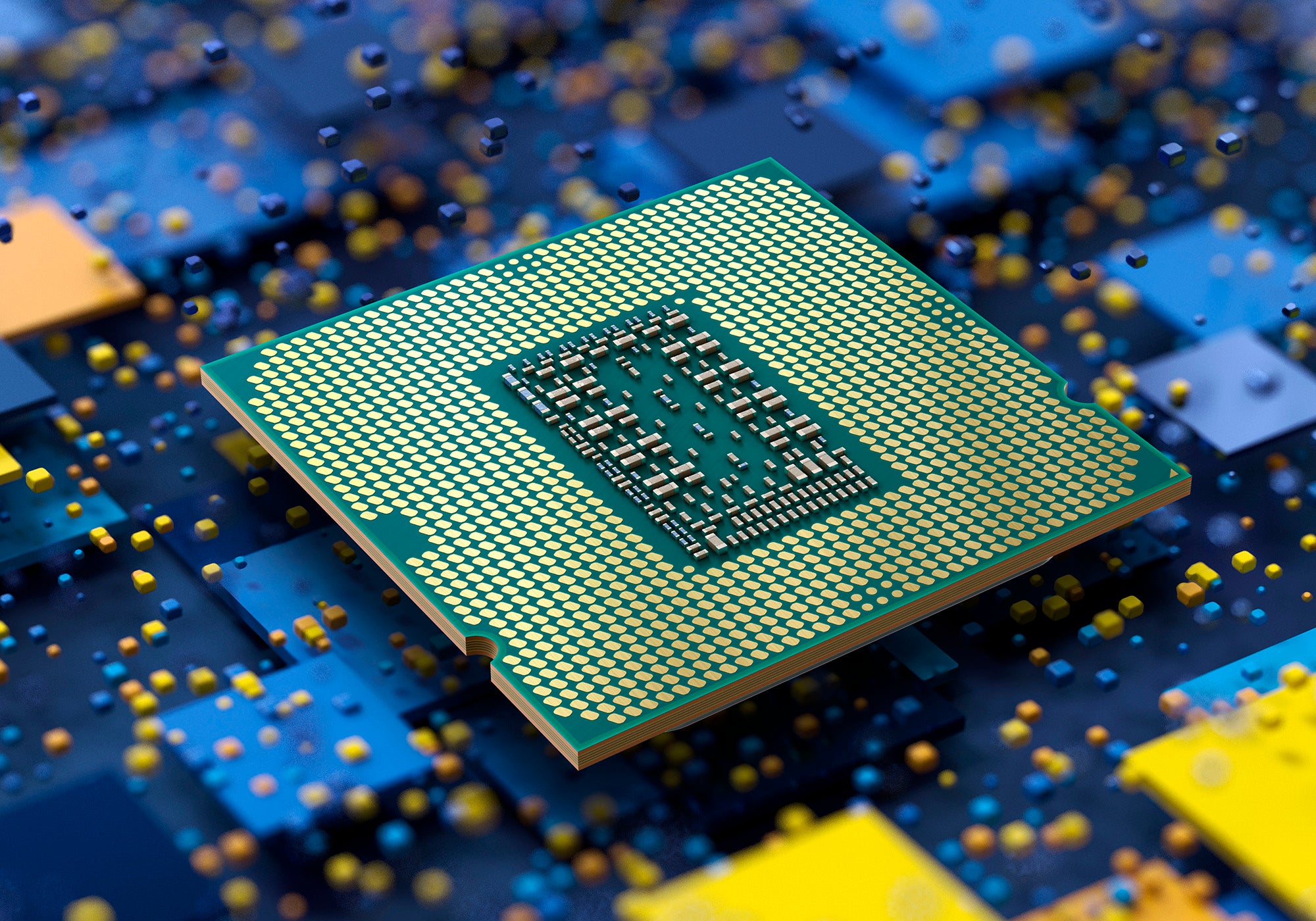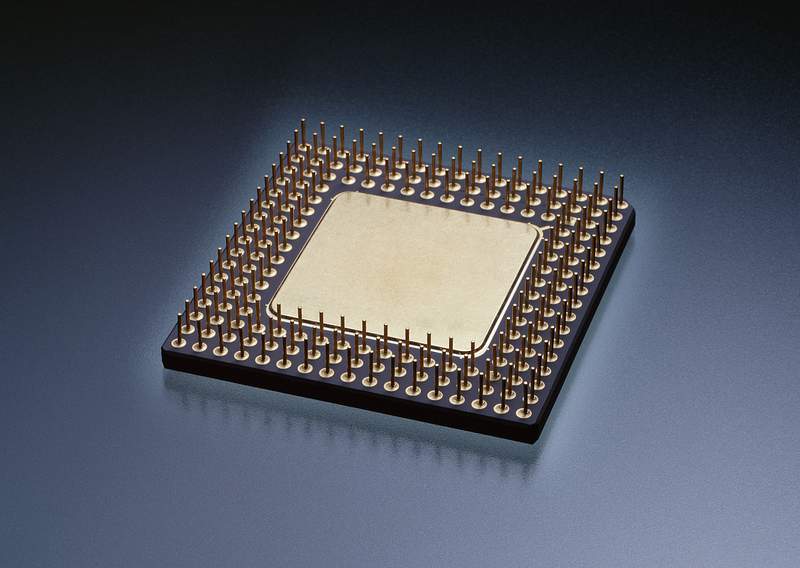On this page, We are going to learn about the full form of CPU and the meaning of CPU, As well as the meaning, definition, abbreviation, and acronym for CPU in different categories. So you should read this post till the end.
The Full Form of CPU: Central Processing Unit
CPU Stands for Central Processing Unit. In computer terms, a CPU is a tiny piece of hardware. It can also be called a processor, a central processor, or a microprocessor.
It is responsible for processing all the instructions of the computer program. As part of the computer system, it performs all computing tasks, including arithmetical operations, logical operations, and inputs/outputs.
CPUs are designed to contain billions of microscopic transistors within a single chip. Transistors allow the system to perform calculations involving programs stored in its memory, which are then executed by the transistors.
CPUs are also known as the brains of computers. just because, it can process millions of data at a time. it takes the data process and gives output as the result to the user.


What are the functions of the CPU
- CPU is the brain of the computer. It is also commonly known as a processor.
- CPU performs all types of data processing operations.
- This unit of the computer performs arithmetic, logic, control functions, input functions, and output functions.
- The CPU reads data from the computer’s memory.
- The CPU follows the computer’s keyboard commands.
- The CPU controls and processes all of the computer’s functions.
- It stores data, intermediate results, and instructions (program).
- With this, it controls almost all the operations of all the parts of the computer.
What are the Components of the CPU
There are three main components of the CPU, Each part of the CPU has its own separate function these are following-
1. Control Unit
The control unit controls all the functions of the computer. It Controls all the processes of the CPU. It receives instructions from computer memory and creates synergy between all the input devices, output devices, and processors of the computer.
What are the Functions of the Control Unit
- It controls and the transfer of data and instructions.
- It does this to manage and coordinate all the units of the computer.
- It receives instructions from memory, interprets them, and sends those operations directly to the computer.
- Communicates with input and output devices to transfer data
- The control unit neither processes nor stores any data.
2. ALU (Arithmetic Logic Unit)
It is the most important part of the CPU. This part of the CPU consists of two units which are called the Arithmetic Unit and the Logical Unit. where arithmetic and logical data calculations are done.
- Arithmetic Unit
The function of this arithmetic section is that it performs all arithmetic operations such as addition, subtraction, multiplication, and division.
- Logic Unit
The function of a logical unit is to perform logic operations such as comparing, selecting, matching, and merging data.
3. Memory or Storage Unit
The memory Unit is a storage section, where necessary instructions, programs, commands, and results are stored in the computer. Instructions and data are kept in memory to do any work on the computer.
The data and instructions processed by the CPU are stored in the memory unit. So that the user can use it anytime. The computer uses different memory to perform these tasks.
There are several different types of memory units: internal storage unit or main memory or primary storage or random access memory (RAM).
How does CPU work?
If we talk about the way the CPU works, then the CPU works in three stages from taking instructions to giving results. The three phases of CPU’s work are Fetch, Decode and Execute respectively.
1. Fetch
The first step is to receive the instructions. CPUs receive these instructions from RAM in binary form. RAM does not directly send instructions to the CPU. An operation is divided into several smaller building blocks.
After that, every instruction is received by the CPU one by one. From these sets of instructions, a Program Counter (PC) finds the next set. Which tells the CPU which set to process the next number. Following the first step, the instructions are stored in the Instructions Register (IR).
2. Decode
After the CPU has fetched and stored the instruction in the IR, the instruction is passed to the instruction decoder. This instruction is then converted into signals, which are passed on to other CPU parts for further processing.
3. Execute
This is the final action. The decoded instructions are carried out in this stage. The resulting result is then outputted from the CPU register after being processed. For the purpose of referencing them in other Decode Instructions. The outcome is then either delivered to the output device in accordance with the specifications or safely stored in the internal memory.
What are the Types of CPU
“Types of CPU” and “No. of Core in the CPU” are both the same things. CPU speed is measured in Gigahertz. If the speed of a CPU is 3.0 GHz. Then it can process up to three billion instructions in a second.
What is the core in the CPU
If a CPU can process only one set of instructions at a time, then it is called Single-Core Processor. And if a CPU can process two sets of instructions at a time then it is called Dual-core Processor.
A CPU with four cores is called a quad-core CPU, which means that CPUs with more cores are used for better performance. so there are different types of CPUs according to No. of Cores
- One Core processor = Single core processor
- 2 Core Processor = Dual Core
- 4 Core Processor = Quad Core
- 6 Core Processor = Hexa Core
- 8 Core Processor = Octa Core
What is CPU Clock Speed
Processor clock speeds are measured by how many instructions can be processed in a second. The unit of measurement is gigahertz (GHz).
As an example, a CPU that processes one instruction a second has a clock speed of 1 Hz. whereas, CPUs can process 3 billion instructions per second if their clock speeds are 3.0 GHz.
